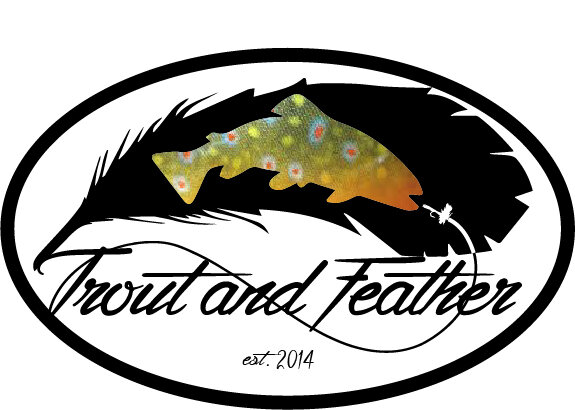I had read about this particular creek dozens of times before I had ever fished it. Walking the banks the first time meant adjusting my expectations alongside reading the water. There wasn’t a trophy trout in every pool as I had anticipated. The mental picture of the famous pools was different than reality. And one stretch that I had read about was conspicuously absent from the fly shop-provided map I was following.
Many of the resources I had been using were from the ’60s and ’70s. Change, even in major river features, is inevitable. But an entire tributary hadn’t made the contemporary map.
Cross-referencing what I had read with what I was seeing, I came to where the little flow should enter the stream. From a distance I didn’t see anything. When I got on top of it, I realized that there was indeed water entering the creek at a perpendicular angle. It was shallow, weedy, and covered in brush. Only about ten feet in and it opened up. Soon enough I was into fish. Really good fish.
Reading historical accounts of fly fishing might pay off in really good fishing. More often than not, the reward is going to be in what you learn and how that impacts your time on the water… regardless of if you’re catching fish or not.
Here are three reasons why digging into the history of fly fishing will be beneficial, and three great ways to get started:
Read more